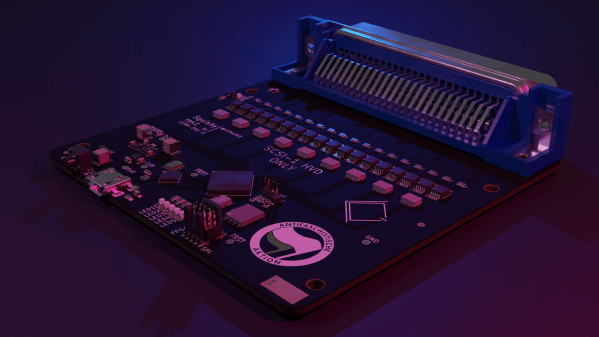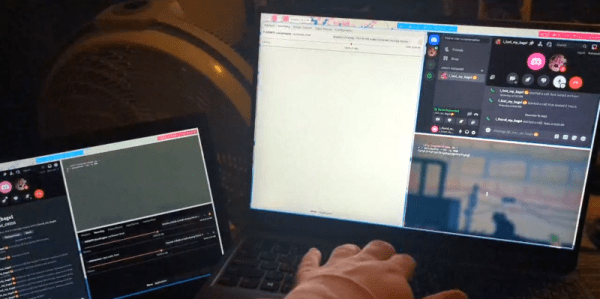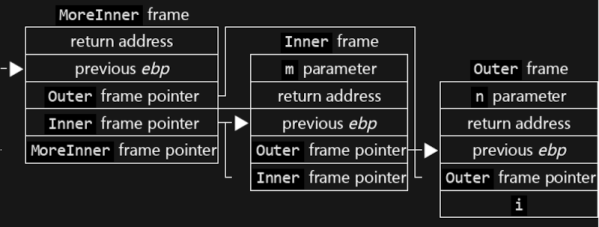For the handful among us who have an iPad tablet from Apple, some may have figured out by now that it lacks a feature that has come standard on any operating system since roughly the early 90s: a calculator application. Its absence on the iPad’s iPadOS is strange since the iPhones (iOS) have always had a calculator application built into the system. Even Apple’s laptop and desktop systems (MacOS/OS X/MacOS) include a calculator. As [Greg] at [Apple Explained] explains in a 2021 video, this seems to have been initially due to Steve Jobs, who didn’t like the scaled-up iOS calculator that the person in charge of iPad software development – [Scott Forstal] – was working on and set an ultimatum to replace or drop it.
In the video, [Greg] shows sections of an interview with Apple software chief [Craig Federighi], who when confronted with the question of why iPadOS doesn’t have a calculator or weather app, quickly slithers out of the way of the incoming question. He excuses the absence with the idea that Apple won’t do anything unless it makes people go ‘wow’ when they use it. Fast-forward two years, and iPadOS 17 still doesn’t have a version of the Apple Calculator app, making for rich meme fodder. One question that gets raised by some is whether Apple really needs to make such an app at all since you can use Spotlight and Siri to get calculations resolved, in the latter case, using the apparently hidden Calculator app.
These days, you can use Google Search as a calculator, too, with it even throwing up a calculator UI when you ask it to perform a calculation, and the App Store is full of various calculator apps, with or without advertising and/or paid features. In this context, what could Apple do with a calculator that would positively ‘wow’ its users?



















